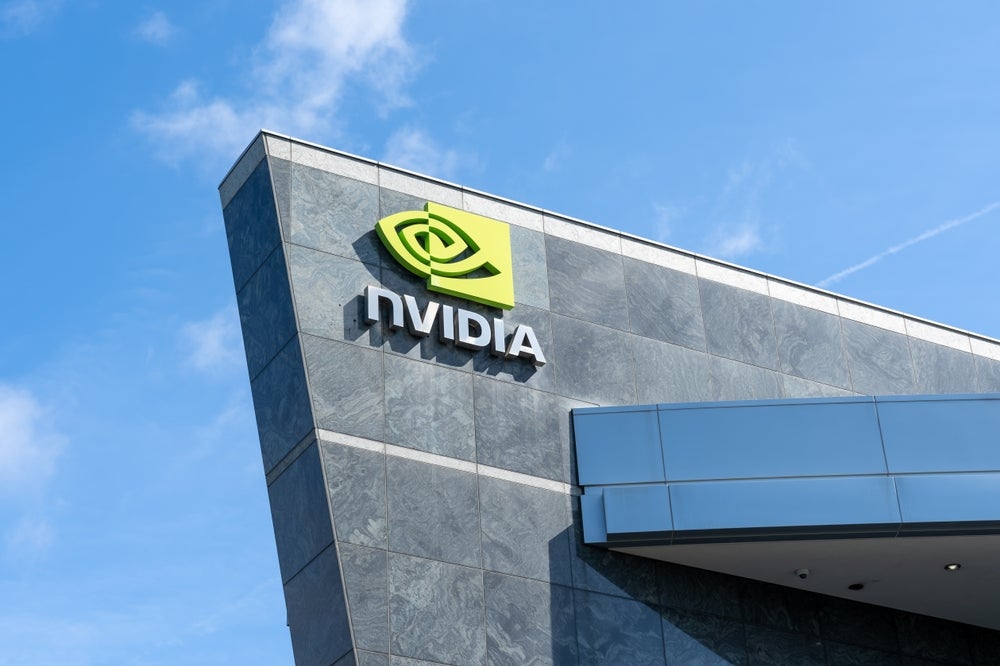
Following NVIDIA’s earning release on 28 August 2024, the US chip giant’s stock price slumped three percent. In the typical Wall Street playbook, this would indicate disappointing revenues or a downgraded financial forecast.
However, Nvidia beat its own forecasts and Wall Street’s own predictions, increasing revenue by 122% from $13.5bn to $30bn year-on-year. But by the end of that same week Nvidia saw around a fifth of its market cap wiped out with a loss $406bn.
Furthermore, Apple‘s leading chip supplier, Broadcom, suffered a similar slump in stock price, dropping over 10% by the end of August, after having risen 37% year-to-date. In fact, 30 August saw the biggest single-day drop in stock value for the company since the beginning on the Covid-19 pandemic in March 2020.
As with Nvidia, Broadcom’s fall in stock price, however dramatic, belies incredible growth and a projected company revenue of $12bn from AI-related products in 2024. Broadcom’s chip design and networking semiconductors are critical to data centre providers that are building out their AI infrastructure to accommodate the AI boom.
Nvidia, too, has seen stratospheric growth over the last year based on its ability to supply advanced AI chips to fuel the surge in AI development more broadly. As the undisputed leader of the AI hype cycle, could Nvidia’s stock slump now signal the end of the AI, ushering in a well-needed dose of reality?
According to GlobalData analyst Steven Schuchart, the Nvidia stock slump signals rationality returning, especially outside of the Wall Street groupthink. “But it does beg the question – how much stock should enterprise buyers put into this increasingly pessimistic news cycle events around AI companies?” he said.
How well do you really know your competitors?
Access the most comprehensive Company Profiles on the market, powered by GlobalData. Save hours of research. Gain competitive edge.

Thank you!
Your download email will arrive shortly
Not ready to buy yet? Download a free sample
We are confident about the unique quality of our Company Profiles. However, we want you to make the most beneficial decision for your business, so we offer a free sample that you can download by submitting the below form
By GlobalDataFor the enterprise buyer, that means due caution – don’t invest in AI and AI technologies without a good use case – one that saves money/time or makes money, according to Schuchart. “It is rational to look at the AI frenzy and worry that things are moving too quickly, but this happens all the time in technology,” added Schuchart.
Enterprise technology decisions have far reaching consequences, are meant to last multiple years and be executed strategically, warned Schuchart. “Don’t let the tactical outlook of the stock market and financial pundits derail good technology strategy,” he warned enterprise technology buyers,” he said.
GlobalData’s Generative AI Q3 2024 research notes that the maturing GenAI market is increasingly facing accusations of “overhype.” As a move to guard against hype, vendors are now unveiling small language models (SLMs) with stronger business cases and demonstrable return on investment, according to GlobalData’s research note, which adds that SLMs are easier to adopt, less expensive to run, and have a smaller carbon footprint.
“As training techniques improve, SLMs with fewer parameters are becoming more accurate. They can be more easily trained and finetuned, making them an attractive option for companies that want to customise a language model. Since they utilise far less computing power than an LLM, they don’t require a massive investment in expensive infrastructure,” according to the note.
New SLMs of note, available to enterprise users, are SmolLM, Mistral-Nemo, and GPT-4o. These all offer enterprise customers powerful capabilities despite having smaller context windows than LLMs.







